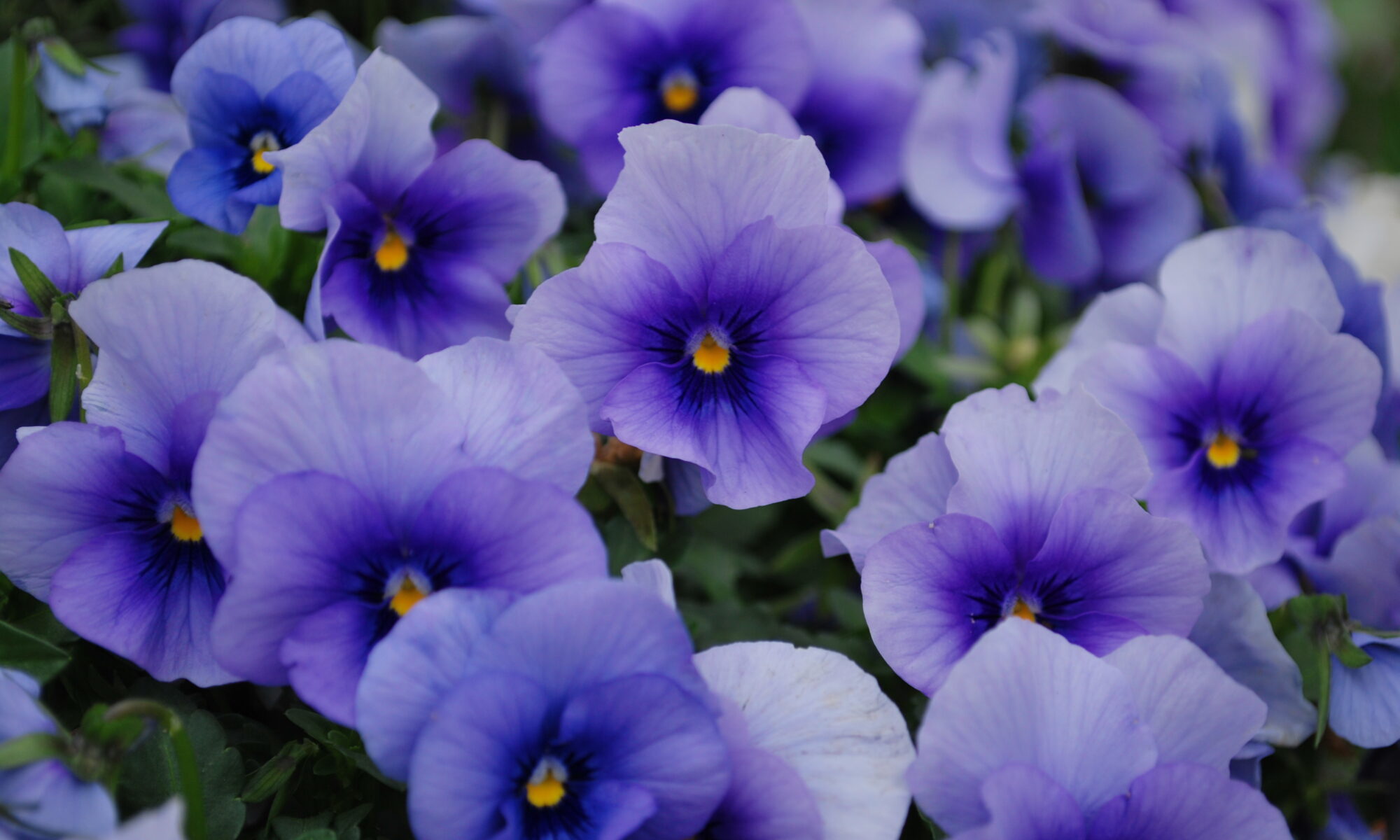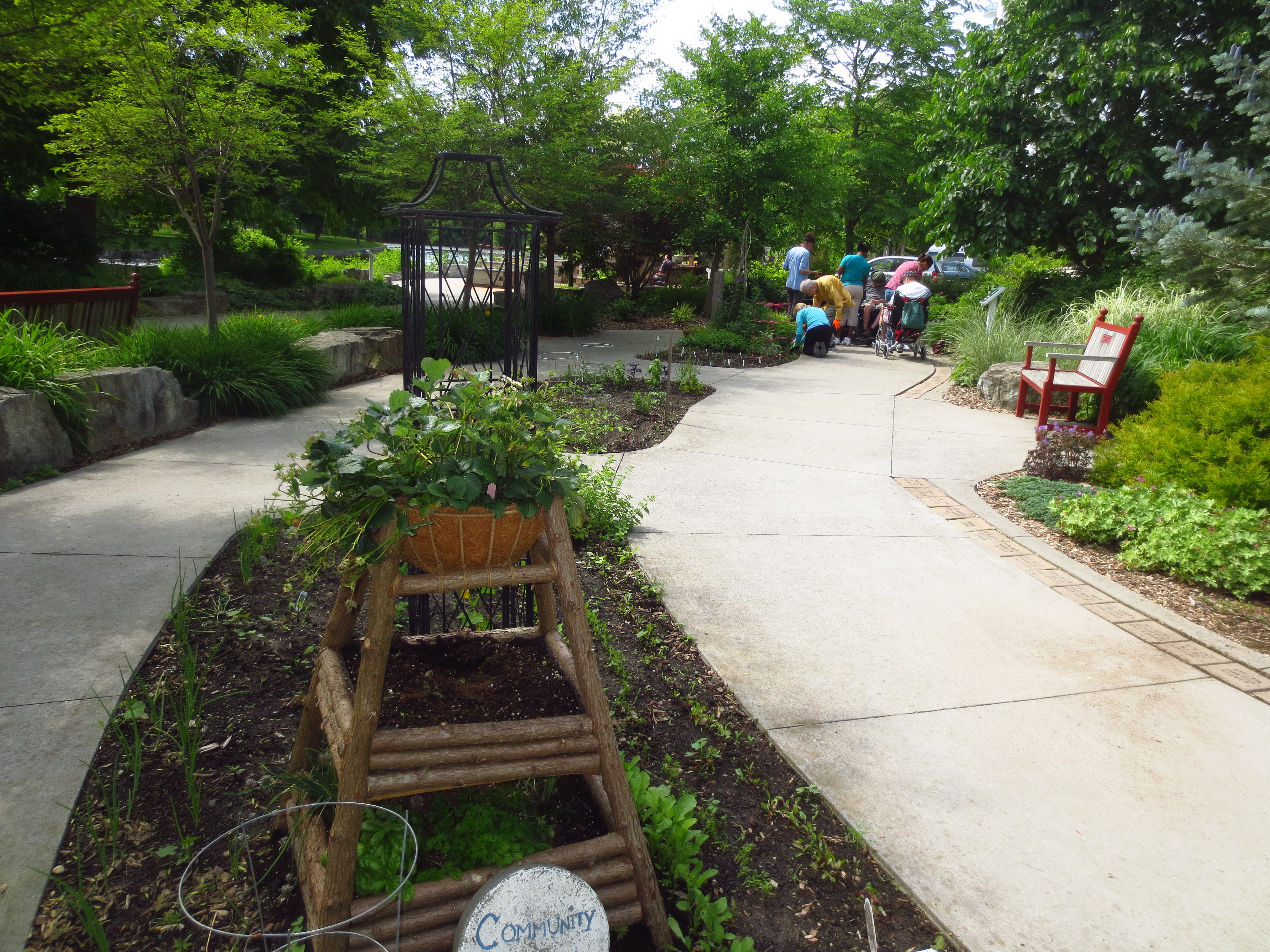By Lesley Fleming, HTR
Photos by Trisha Muldoon and L. Fleming
Enabling gardens originated as barrier-free space for people with physical disabilities. The more current understanding—one that is less restrictive and more inclusive—is one where all visitors are engaged in the garden through programming, garden features, and plant selection (Diehl, 2013; Cooper Marcus, 2014). Enabling people of all ages and abilities to garden with fewer barriers reflects the evolution of this type of healing garden.
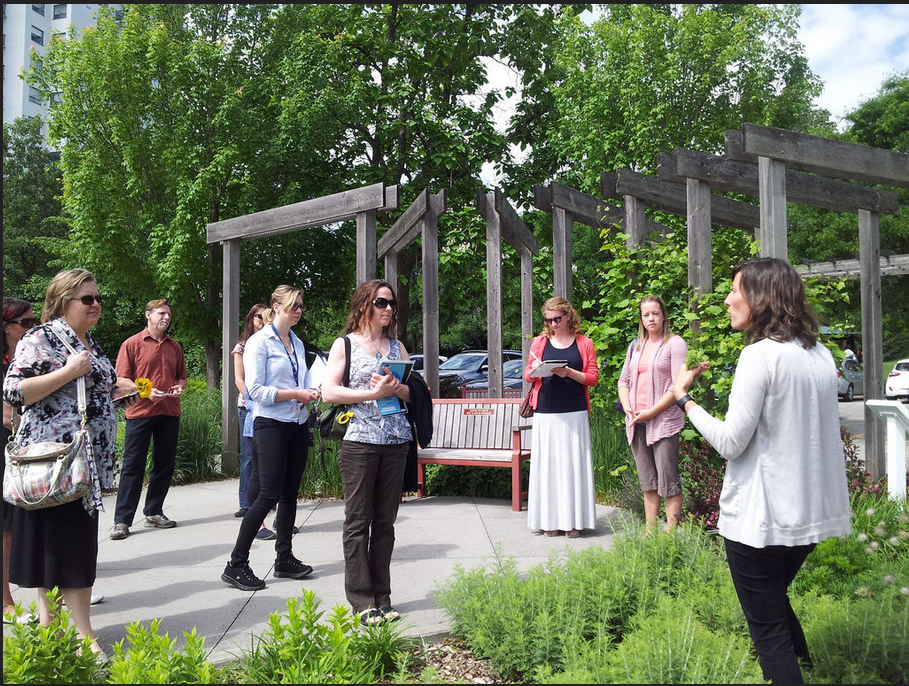
The Guelph Enabling Garden (GEG) is an excellent example of this newer trend. While hosting an educational forum in June 2015, with a program titled Horticultural Therapy Programs that Excite, Excel and Engage, the garden welcomed community members, horticultural therapy (HT) practitioners, and health service providers. The workshop included an informational session on nature-based recreational and therapeutic programming targeted to improving health, as well as a tour of the enabling garden, led by GEG’s registered horticultural therapist Heidi Torreiter. Demonstrating how effective a therapeutic garden can be for activities and programming of all kinds, Torreiter and co-presenter Lesley Fleming, HTR, delivered three hands-on activities used in HT programming, including the making of small flower bouquets, an active game to increase physical activity, and a meditation session.
Programs geared to a broad spectrum of groups and individuals are offered throughout the year at the garden. Horticultural therapy, along with recreational programs like Staying Well in the Winter, Soil Compost Water, and Sense Based Activity, appeal to wellness groups and people with visible and invisible health challenges. Delivered by professionally credentialed staff, the programs in this beautiful garden setting with its abundant natural materials contribute to the popularity of the programs.
Set in a public park and adjacent to several senior citizen facilities, the physical location of the Guelph Enabling Garden further increases access, particularly for neighboring elders. Collaborative relationships with organizations, including the seniors’ facilities, provide for designated planting areas, specific programmed activities, and a volunteer base from those who have participated in garden activities.
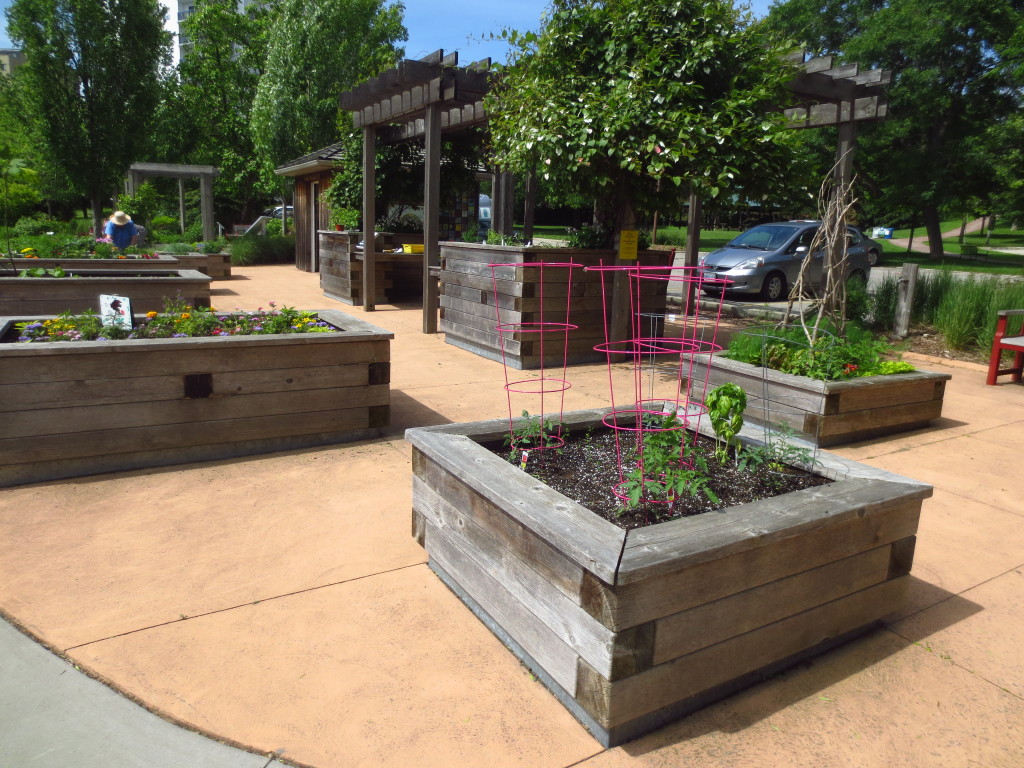
The physical features of the Guelph Enabling Garden define it as one that reduces barriers to gardening. For home gardeners and program participants, raised beds at several different heights, hanging baskets, container gardens, wide and smooth paths, signage, and plant selection like lavender, spirea, and soft wormwort provide ideas for minimizing physical barriers.
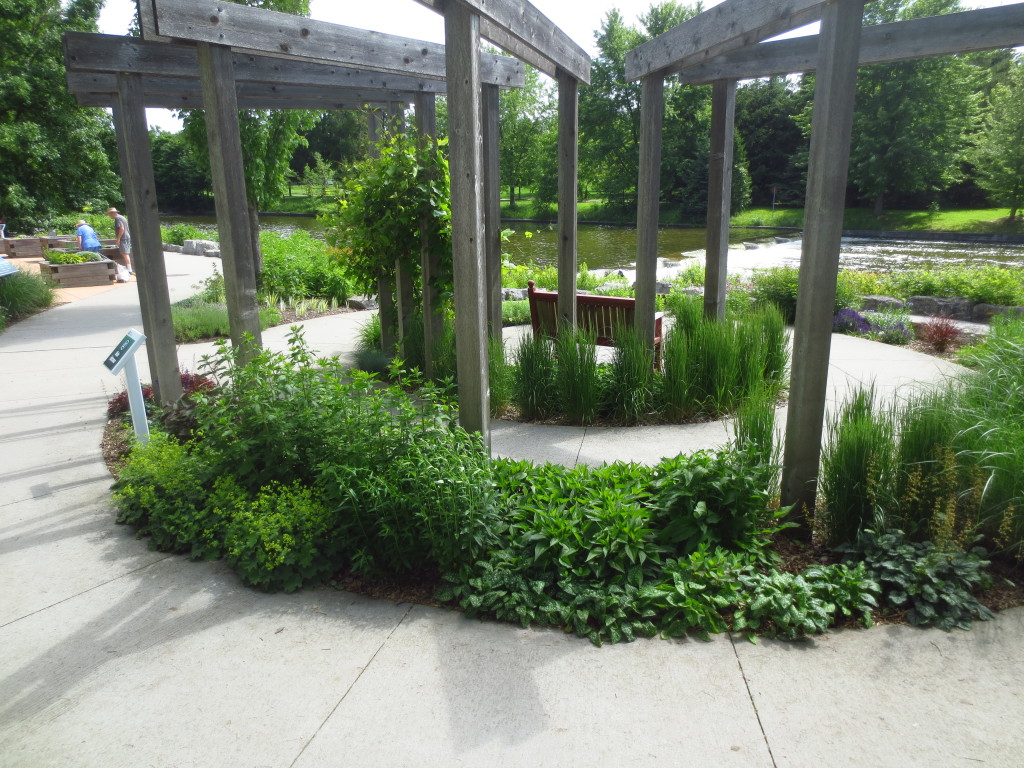
Designed as a circle that overlooks the nearby Speed River, the Spiral Garden offers a venue for special events. Small enough for intimate poetry readings and large enough for wedding vows, it has been used for gatherings and group activities of all kinds. The beauty of the garden set beside the river offers an added layer of nature within the city limits.
Observing the visitors to the garden—children delighted by the fairy garden, people with mobility impairments moving effortlessly along accessible paths, seniors from next door digging in the dirt, a cyclist slowly pedaling past the mass floral display, a group of young adults with intellectual disabilities planting herbs with the horticultural therapist, tourists looking for zone 5 plant specimens to consider for their own gardens in Michigan or Nova Scotia—there is something for everyone at the Guelph Enabling Garden. It is where beauty and function merge for passive and active plant and human interactions.
Diehl, L. (2013). A Framework for Categorizing Healing Gardens. American Horticultural Therapy Association News Magazine 41(2) 4-6.
Cooper Marcus, C. & Sachs, N. (2014). Therapeutic Landscapes: An Evidence-Based Approach to Designing Healing Gardens and Restorative Outdoor Spaces.
